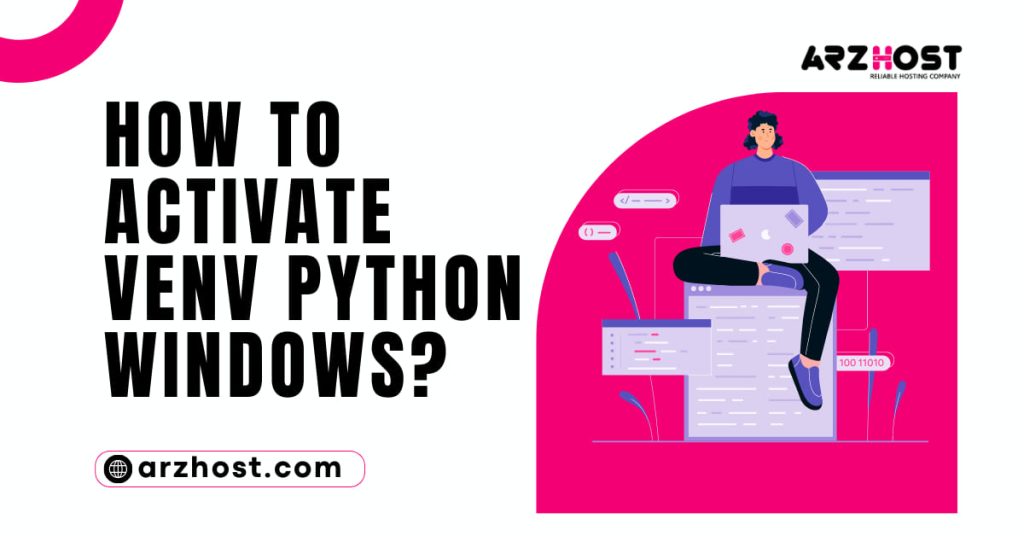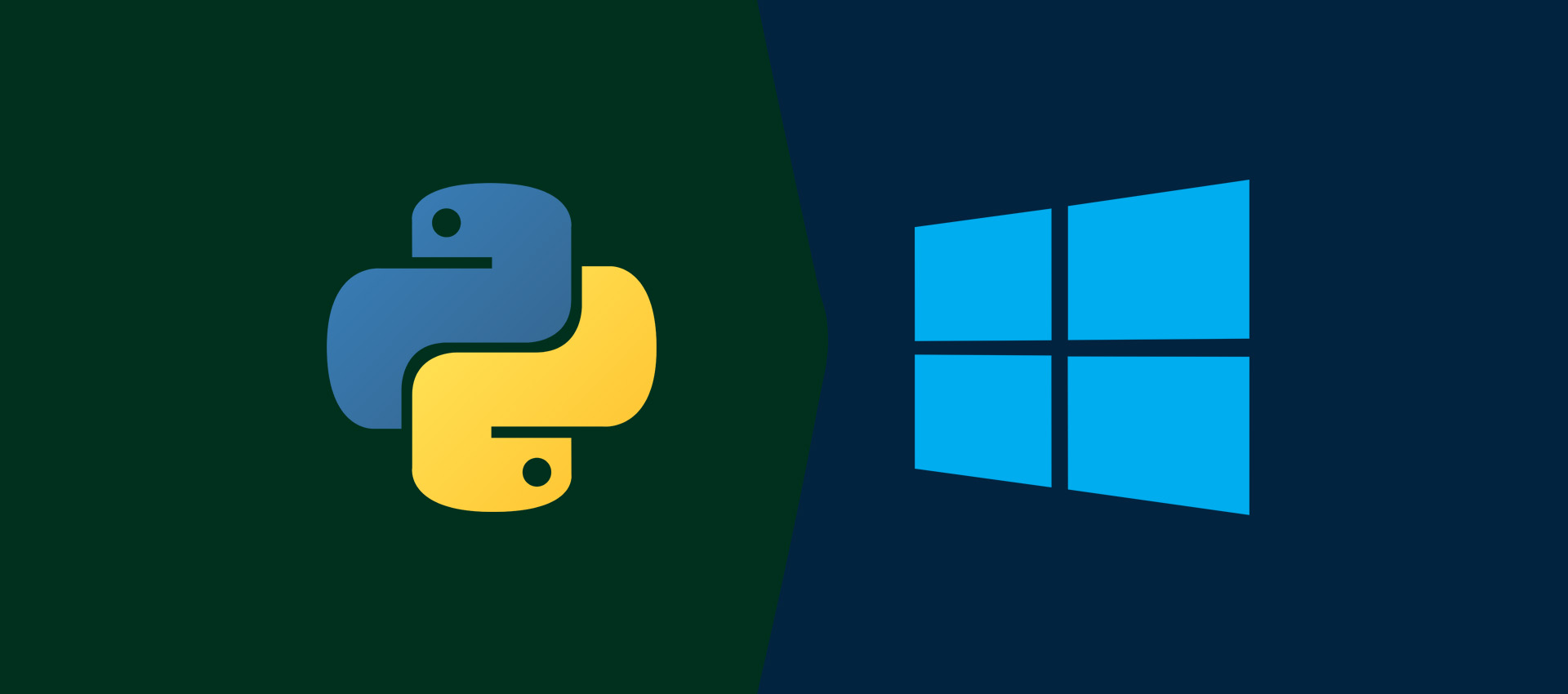In this tutorial, we’ll learn about Activate Venv Python Windows, the advantages of using them, and how to operate in them.
You’ll comprehend the following once you’ve finished this tutorial:
- What virtual environments does Python use?
- The advantages of working in virtual settings?
- How to make, use, turn off, and remove virtual environments?
- Why do set up packages in virtual settings and replicate them on different systems?
- How to use VS Code’s Python virtual environments?
Refer to the guide Getting Python Up and Running on Mac if you need to install Python on a Mac.
Here at Arzhost, we discuss how we use Activate Venv Python Windows. It should be noted that this guide is mostly for Linux and macOS users. However, Windows users should be able to follow along as well.
What Are Virtual Environments in Python?
The Python interpreter that the virtual environment runs on and a folder holding third-party libraries that have been installed in the virtual environment are the two fundamental parts of a Python virtual environment. As a result of their separation from one another. These virtual environments don’t affect the dependencies of other virtual environments or system-wide libraries when dependencies are installed in one of them.
As a result, many virtual environments can be built using various Python versions along with various libraries or the same libraries in various versions. When we establish various Activate Venv Python Windows, the figure above shows what is on your PC.
There is no restriction on the number of virtual environments on a machine because they are simply folders containing certain files, as the example above indicates. A virtual environment is a folder tree containing a specific Python version, third-party libraries, and other scripts.
Why Are They Activating Venv Python Windows Important?
When we run many Python projects that rely on varying versions of the same packages on the same machine. The value of Python virtual environments becomes clear. Consider working on two distinct matplotlib-based data visualization projects. One uses version 2.2 and the other using version 3.5. Python cannot use multiple versions of the same package simultaneously. Therefore this would cause compatibility problems. When working on manage servers or in production settings where system-wide packages cannot be change due to specific needs. Using Python virtual environments becomes even more crucial. Activate Venv Python Windows establish separated contexts to maintain the separation of dependencies needed by various projects so they don’t conflict with one another or with system-wide packages.
In general, creating virtual environments is the best way to separate various Python projects. Particularly if these projects have many and conflicting dependencies. New Python programmers should always create a unique virtual environment for each project and install all necessary dependencies there rather than installing packages globally.
How to Use Activate Venv Python Windows?
As of now, we are aware of what virtual environments are and their purposes. We will learn how to create, activate, and generally interact with virtual environments in this section of the lesson. Let’s get going!
Python Virtual Environment Creation
Make a project folder first, then inside of it, construct an Activate Venv Python Windows.
Open the terminal program, type the following command, and press return to complete the action.
mkdir alpha-prj percent
Now, perform the following commands with the venv command to build a virtual environment inside the project folder:
python3 -m venv percent alpha-prj/alpha-venv
We may use virtualenv and venv, two programs for creating virtual environments, almost interchangeably. Older Python versions are support through virtualenv. Which must be install using the pip command. The Python standard library already has venv. Which can only be use with Python versions 3.3 or higher and doesn’t need to be install.












